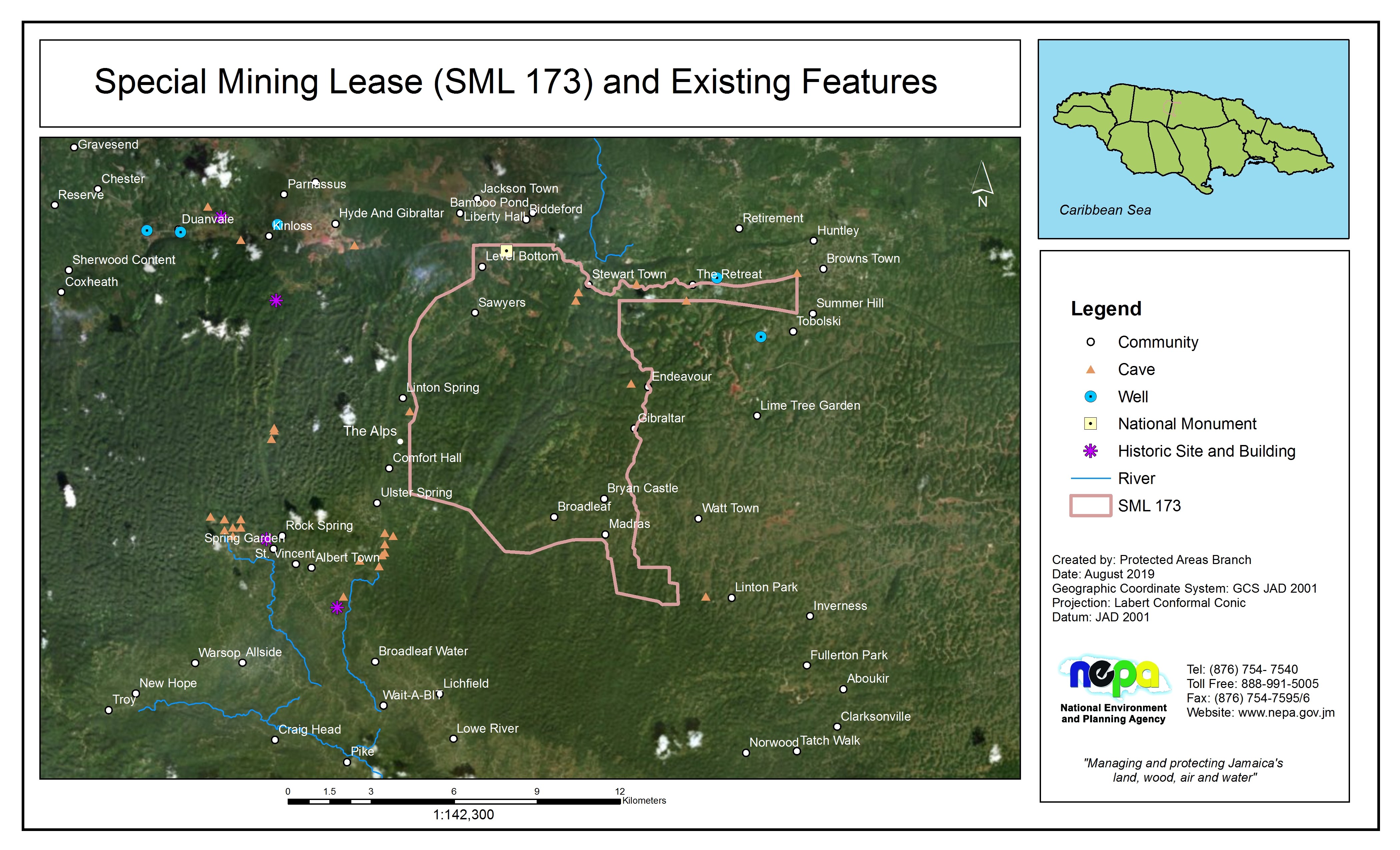Environmental Impact Assessment For SML 173 Not Ready For Public Consultation
Published Date: August 27, 2019
The preliminary review of the Report is underway, specifically to gauge its compliance with the agreed Terms of Reference (ToR) jointly developed by the critical agencies of the government, namely: NEPA, Forestry Department, Jamaica National Heritage Trust (JNHT), Water Resources Authority (WRA) and the Ministry of Economic Growth and Job Creation and the consultants.
The NEPA has determined that the ToR has not been properly complied with, and as such the EIA report is not ready for the widest circulation. Additionally, further public consultation has been mandated.
The public is advised that receipt of the draft EIA Report is the first step in the multi-layered EIA Report review process. The process involves internal review to verify compliance with the ToR and the comprehensive review of the biological, physical and socio-economic assessment and analysis, analysis of alternatives for the project, identification of potential adverse impacts and recommended mitigation actions. This is then followed by widescale circulation, public consultation/participation to be followed by final review.
The projected timeline to complete the final review, to include public consultations and preparation of a submission is not possible before December 2019.
The NEPA assures the public that no mining activities will be allowed in the area referred to as Special Mining Lease 173 until a decision has been taken by the Natural Resources Conservation Authority/Town and Country Planning Authority (NRCA/TCPA).
Note to the editor
Environmental Impact Assessments
An EIA is conducted at the early stage of a development project as multi-disciplinary tool and approach to determine feasibility and impact of the project on the environment. It is completed based on a prepared ToR with specific factors, including but not limited to the level of technology employed in the operation of the project. It takes into consideration any environmental consequences, both beneficial and adverse, and the possible solutions to mitigate said adverse impacts. EIAs may include an Archeological Impact Assessment (AIA) to assess the potential impact on material archeological and cultural heritage in the environment.
An EIA is used as a tool to provide a framework for data-driven decision-making. Section 10 of the NRCA Act provides that the NRCA may require an EIA. There is a clear and transparent process that guides the determination of whether or not an EIA is required.
The requirement for and acceptance of a completed EIA does not mean that the permit or licence application will be automatically approved. It means that the conditions of the agreed ToR have been met in the EIA which will allow consultations and deliberations to commence. EIAs, once accepted, are published on the Agency’s website at www.nepa.gov.jm.
With respect to this project, public consultation for the EIA is required. This involves the staging of a public meeting where findings of the EIA are presented, followed by a 21-day period within which members of the public can submit comments on the EIA to the Agency. These comments are deliberated on by the NRCA for a decision as to whether the permit or licence should be granted or denied.



